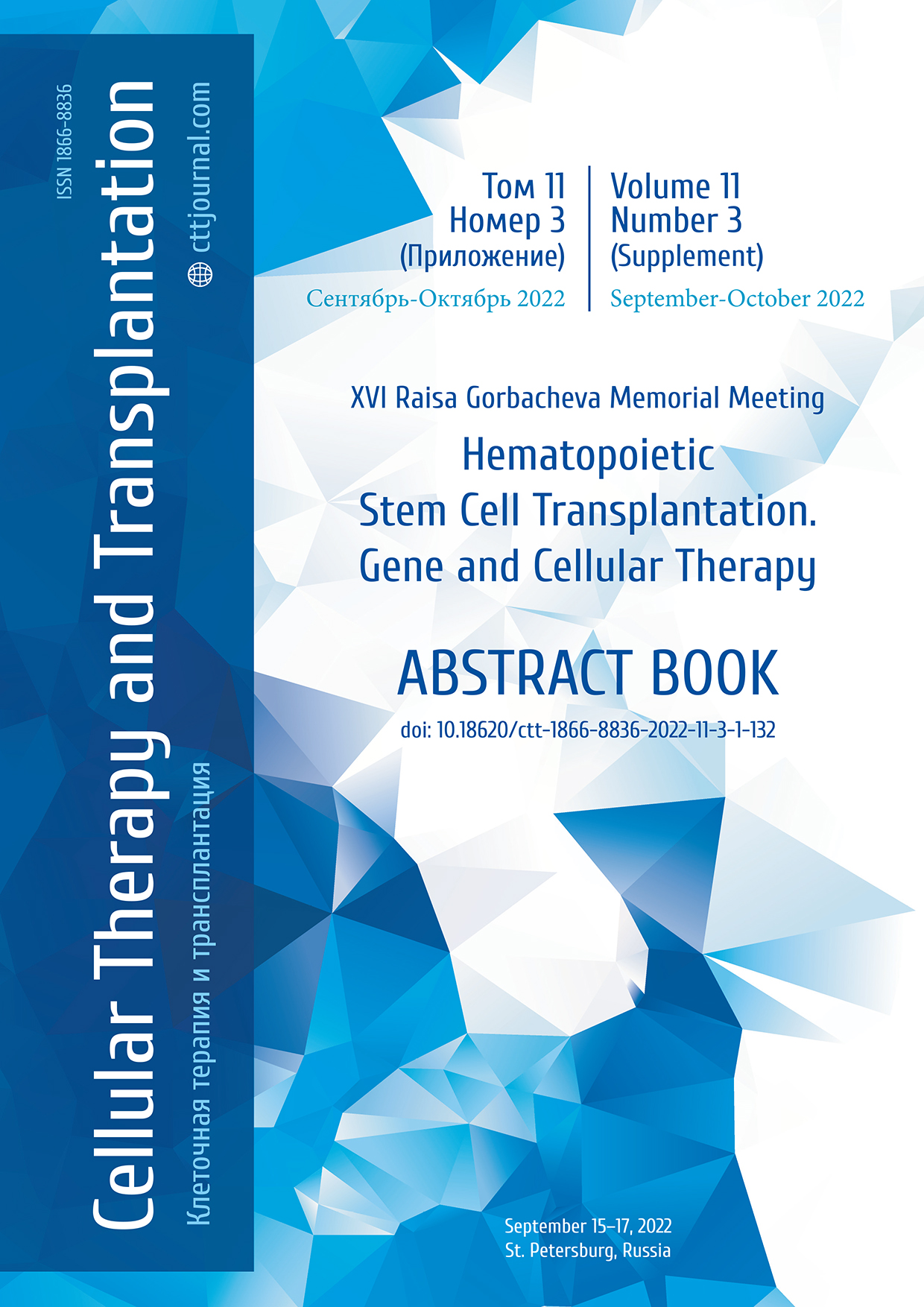CM-02. Inflammatory cytokines perturb NK cell cytotoxicity and gene signature in myeloid leukemia
Valeriya V. Kuznetsova, Amanda F. Costa, Sweta B. Patel, Francesca Luca, Victoria R. Matkins, Alana M. Franceski, Paran Goel, Robert S. Welner
The University of Alabama at Birmingham, USA
Contact: Dr. Valeriya V. Kuznetsova, phone: +1 (205) 808-86-71, e-mail: lerak@uab.edu
Summary
Natural killer (NK) cells have the capacity to eliminate malignant cells by releasing cytotoxic granules, which makes them a potent immunotherapeutic. NK cells’ mature phenotype and abundance positively correlate with a favorable prognosis in acute myeloid leukemia (AML) and prolonged treatment-free survival in chronic myeloid leukemia (CML). However, NK cell maturation and cytotoxicity are suppressed during the disease, and the environmental drivers of this impairment are not fully characterized. Given the established role of inflammatory cytokines (e.g., IL 1β, IL-6, TNFα) in the progression of myeloid malignancies, we hypothesize that leukemic inflammation impedes NK cell cytotoxicity shifting them toward a pro-tumor phenotype.
Materials and methods
To define the effect of leukemic cytokines on NK cells, we utilize BCR-ABL+ (CML) and Flt3-ITD/TET2−/− (AML) chimeric mice, as well as peripheral blood and bone marrow mononuclear cells from AML and CML patients. We establish the mouse models by transplanting CD45.2+ C57BL/6 bone marrow cells carrying leukemic mutation(s) into CD45.1+ healthy hosts. Such chimeras represent a robust pre-clinical tool to study non-transformed immune cells during leukemia. Here, we profile CML- and AML-exposed NK cells using flow cytometry and single-cell RNA-sequencing (scRNA-seq).
Results
Consistent with clinical observations, NK cells are reduced in AML and CML mice, display an immature phenotype, and decrease surface activating receptors while upregulating inhibitory molecules Lag-3, TIGIT, and NKG2A. Moreover, leukemia-exposed NK cells show impaired cytotoxicity measured by target-specific degranulation ex vivo. Next, we mapped the transcriptional landscape of NK cells from control and CML mice. The scRNA-seq confirms reduced expression of NK maturation and cytotoxicity markers (Itgam, Cx3cr1, Prf1, Gzma) in leukemia. Among gene sets enriched in CML-exposed NK cells were those associated with cell division and inflammatory cytokine response; the latter include genes for cytokines (IL 1β, TNFα, GM-CSF), cytokine receptors, and negative regulators of STAT3/5 signaling. Pathway enrichment analysis revealed activation of IL-6/STAT3 and NF-kB signaling cascades – an effect likely triggered by inflammation. Thus, we next tested the impact of the leukemic environment on healthy NK cells. We found that serum from CML mice dampens NK cell degranulation ex vivo. Further ELISA identified elevated IL-6, IL-1α/β, TNFα, and GM-CSF in CML serum. Many of these cytokines can be secreted by functionally skewed NK cells, as indicated by scRNA-seq. RT-qPCR on sorted NK cells confirmed increased IL-1β, TNFα, and GM-CSF mRNA levels in CML suggesting NK cell secretory phenotype exacerbating leukemic inflammation. To validate the clinical relevance of our findings, we finally characterized NK cells from leukemic patients and healthy donors. In agreement with published data, NK cell frequencies are reduced in our cohort, along with altered expression of NK activating (NKG2D, DNAM-1) and inhibitory (KIR2DL1, NKG2A) receptors and diminished K562-dependent degranulation. Mirroring the mouse scRNA-seq data, patient NK cells possess a pro-inflammatory gene signature with the activation of TNFα, NF-kB, and PI3K-Akt signaling. Thus, NK cells are sensitive to disease-associated inflammation that interferes with their anti-leukemic cytotoxicity.
Conclusions
We speculate that leukemic cytokines contribute to NK cell dysfunction and polarize them toward a pro-inflammatory phenotype, representing an optimal target for NK-boosting immunotherapies.
Keywords
NK cells, inflammation, acute myeloid leukemia, chronic myeloid leukemia, immunotherapy.


